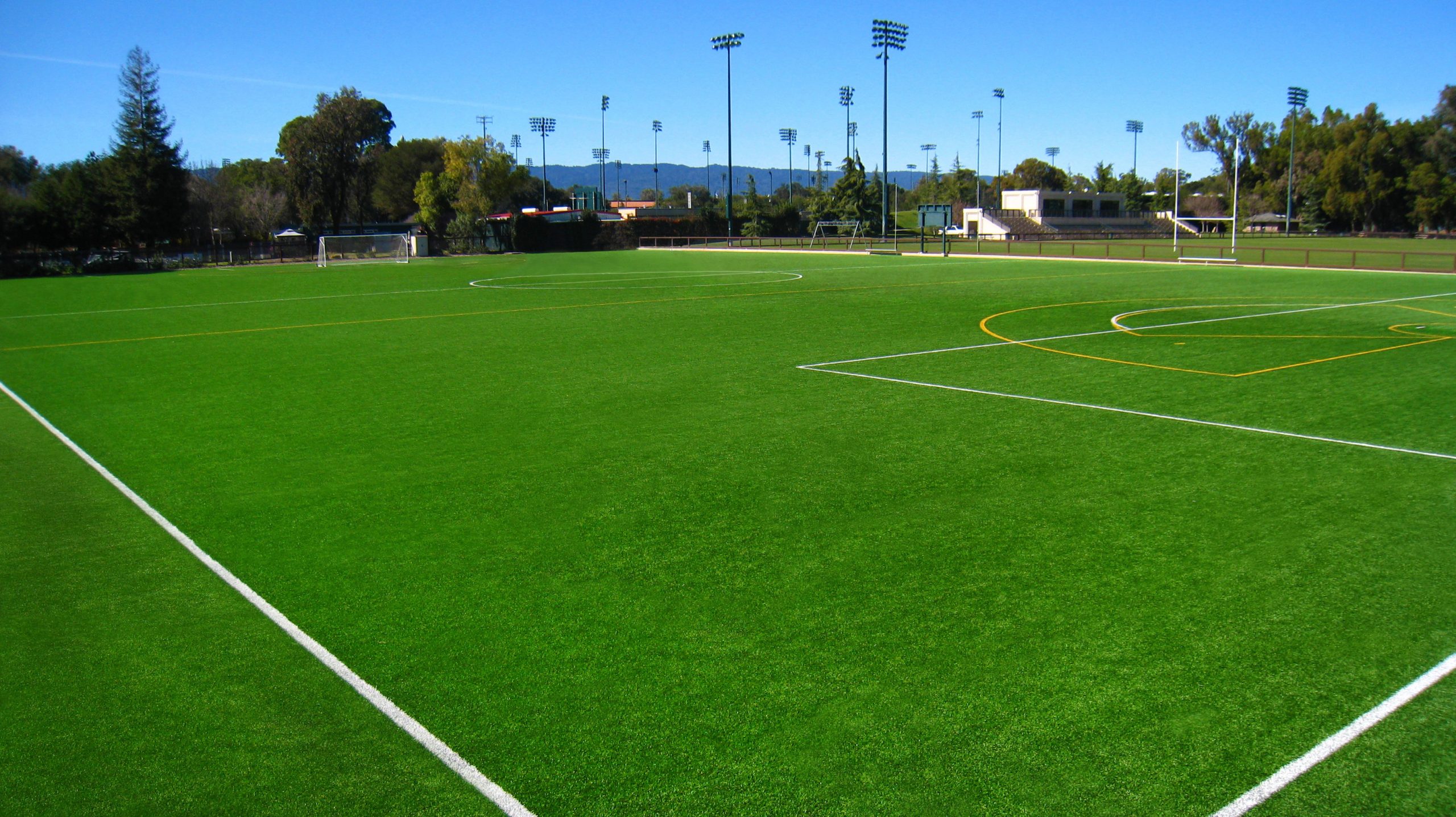Synthetic Cricket Wicket Installation and Maintenance
Is it possible to breathe life into a used, uncared for cricket wicket?
Every cricketer appreciates, the calibre of the playing surface may have a major affect on just how the cricket ball reacts. Wickets that happen to be irregular or pitted might cause the ball to behave erratically, pitches that are really hard will make the cricket ball bounce high and extremely fast, while cricket wickets that are coated in grass will probably minimise how much that a spin bowler is capable of turning the ball.
To successfully standardise the playing surface and offer a pitch that you can use in most conditions, a great number of leisure centres, training centres and cricket clubs use synthetic wickets. Even though synthetic cricket wickets are definitely robust than purely natural wickets, additionally need frequent maintenance to ensure that they’re in tip top condition. The good news is, even aged, neglected pitches may be brought back to life with a little TLC as well as the correct treatment plan. For anyone looking into more info on the subject of laying an artificial cricket wicket this particular site www.artificialgrassmaintenance.co.uk features a whole lot more publications regarding synthetic cricket pitch grass.
Man-made Wickets
Synthetic cricket wickets are usually laid on either a dynamic (stone) or non-dynamic (macadam or concrete) base. The top of the cricket wicket itself is manufactured from superior quality short pile carpet that’s either timber edged and nailed or nailed directly into the aggregate. Shock pads are usually placed underneath the surface of the wicket to guarantee the ball bounces correctly and also that the artificial pitch responds exactly the same way to the cricket ball all the time, no matter what the weather conditions.
Maintaining A Synthetic Wicket
Like many synthetic surfaces, synthetic cricket wickets need to be carefully maintained if they’re to provide the best possible playing surface during the year. We recommend that anyone using an artificial cricket wicket really should implement a yearly deep clean program, level the batting region frequently and use no less than one chemical treatment plan every six months.
Regardless of routine maintenance, cricket wickets can easily decline with time, shock pads can harden and surface areas could become irregular. If you see that the bounce of the ball has started to become uneven or that the surface area looks tired and worn, it may be time to give your artificial pitch a face lift.

